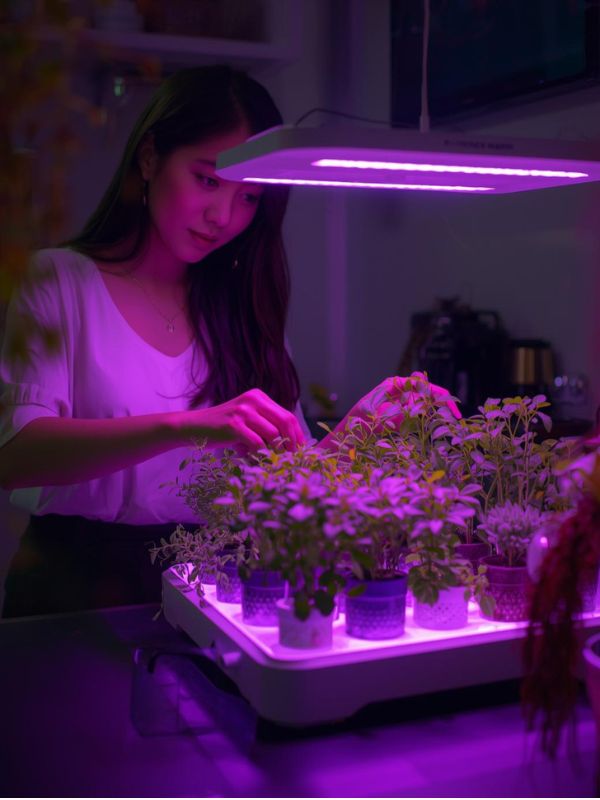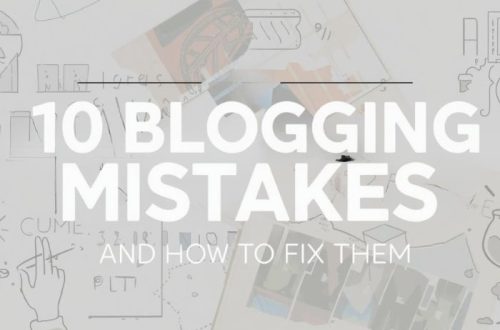Fashion fades, but sustainability? She’s always in season.
From solar-powered smartphones to carbon-neutral data centers, the tech world is finally catching on to something we’ve been saying forever: eco-conscious is effortlessly cool.
In 2026, “green tech” isn’t just about recycling batteries or banning plastic straws — it’s about innovation that respects the planet and looks good doing it.
Is your smart home running on renewable energy, or is your favorite brand launching zero-waste devices?
The tech world’s newest trend is all about the eco glow-up Mother Earth deserves.
Let’s plug into the movement — sustainably, of course. ⚡🌱
🌿 The Era of Conscious Innovation
A few years ago, “green tech” sounded like something only scientists or activists cared about. Now, it’s trending across every industry — from fashion to fintech — and the biggest tech players are leading the charge.
Why?
Because being green is officially good business.
Consumers (especially Gen Z) are demanding eco-responsibility with their purchases.
According to Deloitte’s 2025 Global Sustainability Survey, over 75% of Gen Z shoppers prefer brands with visible environmental commitments.
Translation: if your tech isn’t sustainable, it’s not sellable.
This shift means companies are racing to shrink carbon footprints, redesign products for circularity, and rethink energy — all while keeping their tech sleek, smart, and social-media-worthy.
☀️ Solar Energy Goes Stylish
Solar power is no longer just for rooftops — it’s becoming wearable, portable, and aesthetic.
⚡ Solar-Powered Gadgets
Remember when charging your phone outdoors felt like camping-level chaos? Now, solar accessories are chic.
-
Solar-powered phone chargers by Solgaard and Anker are compact, stylish, and efficient.
-
Smart backpacks like Sunnybag ICONIC can charge your laptop and phone via built-in solar panels — perfect for coffee-shop nomads.
-
And yes, even solar sunglasses (like Dior’s concept “Solar Shades”) can charge your earbuds while you walk.
Solar tech is no longer a flex for eco-nerds — it’s the flex.
🌍 Big Tech’s Carbon-Neutral Glow-Up
When giants like Apple, Google, and Microsoft start using phrases like “climate-positive,” you know it’s getting serious.
🍏 Apple: “Mother Nature, But Make It Corporate”
Apple has pledged to go carbon neutral across its entire supply chain by 2030. Its latest products — like the MacBook Air M3 — are made using recycled aluminum, with packaging that’s 99% fiber-based.
Even the iPhone 15 Pro includes components from recycled gold, cobalt, and rare earths. Apple’s motto?
“Leave the world better than we found it.”
Honestly, same.
☁️ Google & Microsoft: Cloud, But Cleaner
Google’s massive data centers now run on 100% renewable energy, and the company is investing in AI tools to track global deforestation.
Meanwhile, Microsoft aims to be carbon negative by 2030, meaning it’ll remove more carbon from the atmosphere than it emits.
So yeah, your next search result or spreadsheet might actually be a little kinder to the planet. 🌤️
🌳 AI That Doesn’t Eat the Earth
Here’s a hot topic: AI uses a lot of energy. Like, “entire countries worth” levels when training large models.
So now, companies are figuring out how to make AI greener.
💡 Smarter, Leaner AI
-
OpenAI and Anthropic are developing “energy-efficient architectures” that reduce the power needed for training AI models.
-
NVIDIA is working on low-power GPUs that still deliver massive compute without guzzling electricity.
-
Hugging Face launched an open-source tool to track model emissions, letting developers literally measure their AI’s carbon footprint.
Basically, the new metric in tech isn’t just accuracy or speed — it’s energy per insight.
🌱 Eco-Friendly Algorithms
Some startups are training AI on smaller, optimized datasets to lower energy costs while maintaining accuracy.
It’s called “tinyML” — or, in simpler terms, “AI that doesn’t act like it’s running on five espressos.”
🏡 Smart Homes, Smarter Energy
If your home isn’t saving energy for you, it’s time for an upgrade.
🌞 Eco Mode Everything
Today’s smart homes are like sustainability on autopilot. Your thermostat learns when you’re out, your blinds open based on sunlight, and your lights switch off when no one’s in the room.
Brands like Nest, Ecobee, and Samsung SmartThings are all introducing eco modes that automatically optimize temperature and power usage.
Even IKEA is in the game — with smart blinds and energy-tracking plugs that sync with your phone to help you use less electricity (and look good doing it).

🔋 The Battery Revolution: Green Power Storage
Batteries are the heart of green tech — and innovation here is booming.
⚡ From Lithium to Life-Friendly
Traditional lithium-ion batteries are being replaced by solid-state and sodium-ion tech, which are safer, longer-lasting, and easier to recycle.
Brands like CATL and BYD are leading the movement, and rumor has it Apple is exploring “green battery chemistry” for future devices.
🔋 Second-Life Batteries
Recycling used EV batteries into home energy storage systems (like Tesla’s Powerwall) is becoming standard practice.
Your old car battery might someday power your Netflix binge.
🚗 Green Tech on the Move
Transportation is one of the biggest sources of emissions — and also one of the fastest to evolve.
🚘 Electric Everything
EVs aren’t new, but the next generation is next-level.
-
Tesla, BYD, and Rivian are leading in performance, but now it’s about eco design, using vegan leather interiors and recycled plastics.
-
Hyundai’s Ioniq 6 and BMW’s i Vision Dee are exploring biodegradable materials and energy-regenerative body panels.
🚲 Micro-Mobility Love
E-bikes and e-scooters have become the ultimate sustainable city girl accessory. Companies like VanMoof and Lime are making short trips greener — and chic.
Even better? AI-powered traffic management systems are reducing urban congestion, saving both time and carbon.
💅 Sustainable Style Meets Tech
Eco-friendly tech is also becoming an aesthetic. Think: bamboo keyboards, linen laptop sleeves, and carbon-neutral earbuds that look cute on your desk.
-
House of Marley makes headphones and speakers from sustainable wood and recycled aluminum — and they sound as good as they look.
-
Fairphone offers repairable smartphones that are modular and built to last (because fast fashion shouldn’t apply to phones).
-
Pela Cases and Nimble Chargers create biodegradable accessories that look like minimalist art pieces.
It’s giving earth-core meets soft tech.
📊 Sustainable Software: The Invisible Green
Even digital infrastructure is getting an eco-upgrade.
🌐 Greener Clouds
Companies like Amazon Web Services (AWS) and Google Cloud now offer “carbon-aware computing” — meaning your data runs on renewable-powered servers depending on time of day and region.
🖥️ Low-Impact Design
Web designers are even optimizing websites for energy efficiency, minimizing heavy graphics and code to reduce server load.
Some brands include “green mode” on their sites — lower brightness, fewer animations, and faster load times.
Yes, even your scrolling can now be sustainable.
🌱 The Circular Tech Economy
Sustainability isn’t just about using less — it’s about reusing more.
🔁 Repair, Reuse, Repeat
Tech brands are now embracing repair culture:
-
Apple’s Self Service Repair Program lets users fix their own devices.
-
Framework laptops and Fairphones are modular — every part can be swapped instead of tossed.
-
Companies like Back Market and Refurbed are making secondhand gadgets sexy again.
Circular tech is the antidote to the throwaway era. You don’t need a “new” device every year — you need one that lasts.
⚠️ The Challenges (Because Perfection Isn’t Sustainable Either)
Let’s be real — even with all this progress, green tech still faces hurdles.
-
E-waste: We throw away over 50 million tons of electronics annually.
-
Greenwashing: Some brands slap a “sustainable” label without proving real impact.
-
Access: Eco-tech is still pricey and not yet inclusive.
The solution?
Transparency, accessibility, and regulation. The glow-up has to include everyone, not just premium customers.
🌎 The Future: A Planet That Powers Itself
Imagine this:
-
Your phone charges from sunlight.
-
Your laptop runs on recycled air energy.
-
Your city grid self-balances with AI.
-
And your home garden syncs with weather data to water itself.
That’s where we’re heading — toward a world where sustainability isn’t an add-on; it’s the default.
By 2030, experts predict that green tech will be a $9 trillion industry, reshaping how we live, build, and connect.
💚 My Thoughts: The Ultimate Eco Glow-Up
Sustainability isn’t just about saving the planet anymore — it’s about living beautifully while doing it.
From smart devices that sip energy to companies redesigning their carbon story, green tech proves that innovation and intention can coexist.
Because the real “next big thing” isn’t a faster chip or shinier gadget — it’s technology that’s as mindful as you are.
So yes, green tech is the new black — timeless, powerful, and totally chic.
And the best part?
It looks good on everyone — especially the planet. 🌎✨







